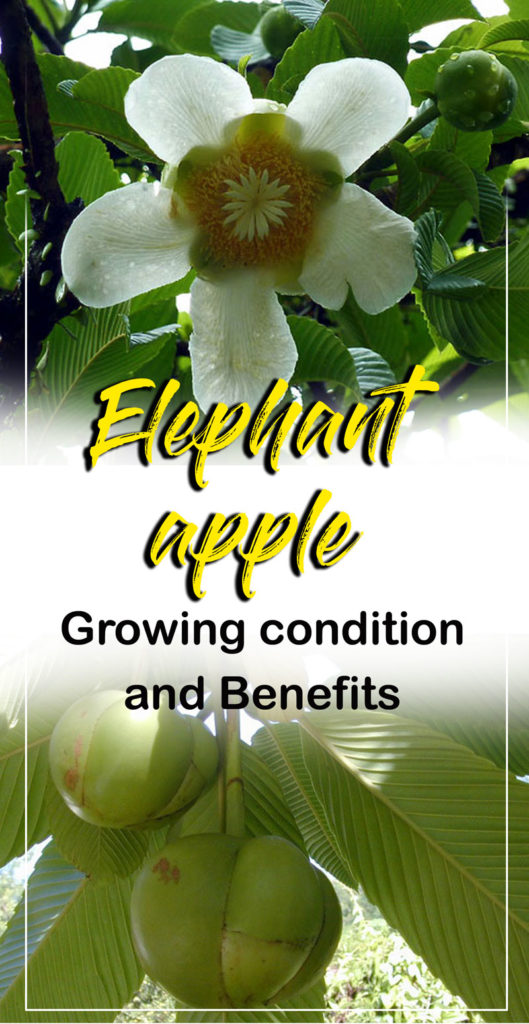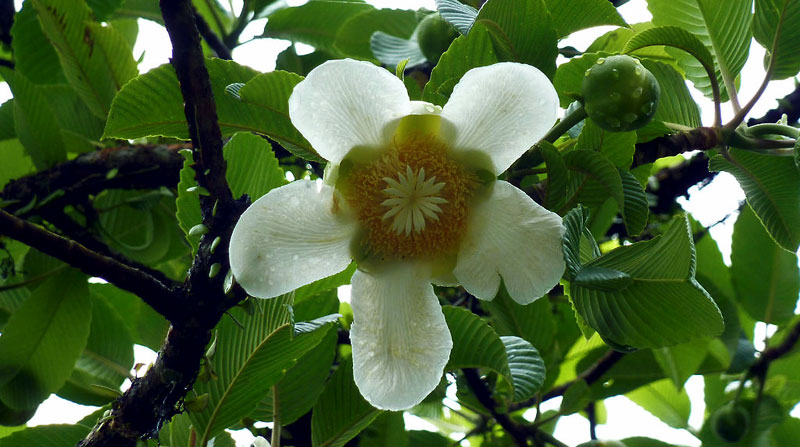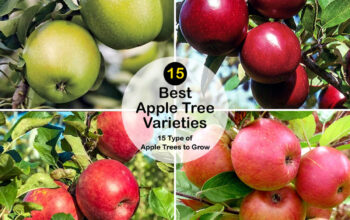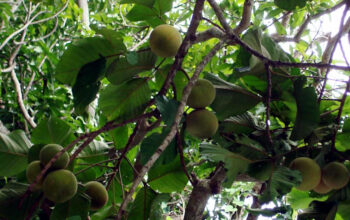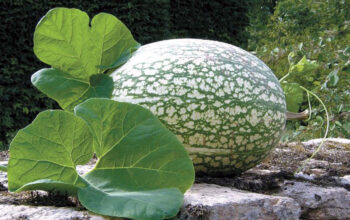Elephant apple (Dillenia indica)
Commonly it is known as Elephant Apple. Elephant apple is an evergreen, big bush or medium-sized tree, which is approximately 15 meters long. It is native to Southeast Asia, India, Sri Lanka, Southwest China, Vietnam, Thailand, Malaysia and Indonesia.
The length of its leaves is 15-30 centimeters, which has conspicuous corrugated affected veins. Its branches are used as a good firewood, its flowers are bigger in size and have five white petals and yellow stamens. Its fruits are large and greenish yellow, which contains many seeds and is edible. The fruit is 15 carpels and 5-12 centimeters in diameter. There are five seeds in each carpel. These fruits are used in Indian cuisine in curry, jam, and jellies. Dillenia indica (Chulta) is a spreading tree containing white, small and fragrant flowers. There are small brown seeds inside its fruit. A juicy pulp within the fruit, but it is acidic. Nature Bring is telling you this growing condition and benefits.
Classification
Scientific name Dillenia indica
Common name Elephant apple, hondapara tree, Ma-ted, Chulta, Karambel, Paanca Phal, Ram Phal, Panch Phal, Avartaki, Thulo tatri
Plant type Fruit Tree
Sun required Full Sun, Partial Sun
Soil Loam and sandy soil
Soil pH Acidic, Natural
Flower color Ivory
Blooming Time Early summer- late summers
Zone 9B-11
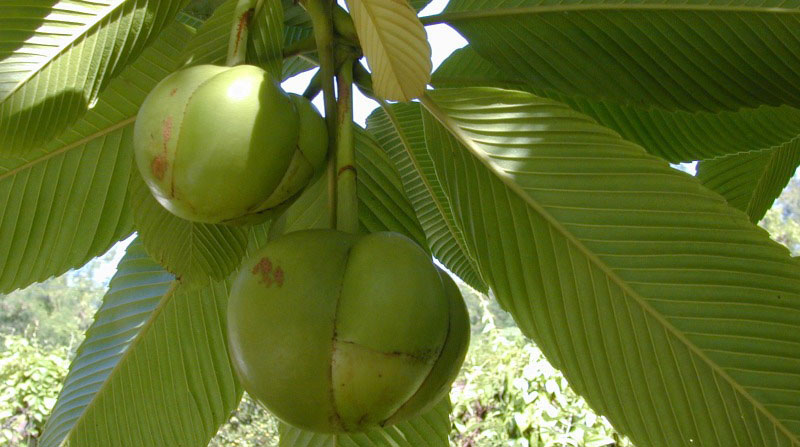
Growing condition Elephant apple
Location and soil
This is very good among USDA Zone 9B-11. For this, choose a place where there is full sun or light shadow. Moist dirt, loam, and sandy soil are best suited for those with average drainage. This tree performs well with heat and high humidity. It is sensitive to cold but should save it from Frost area.
Temperature
It is a humid tropical plant that is found at an altitude of 1,100 meters. Where the temperature is around 30 to 40 degrees Celsius, the plant is most developed in those places, although it can tolerate 7-47 degrees.
Elephant apple Propagation
It’s easily propagated can by seeds and cuttings.
Watering
This plant requires average water.
Germination
- Use Jiffy 7 Peat Pellets for sowing Seed. For this, soak the seeds in the water overnight, and keep it in a plastic pot.
- Sow the seeds on peat pellet and cover with a thin layer of peat. Put light water later.
- After planting in the pot, cover it with a plastic sheet. Keep checking moisture in the seed.
- Place it in light rooms, windowsill or greenhouse, where the temperature of the day is 75 to 82 degree F. The resulting micro-climate is important for the ideal conditions of germination.
Uses of elephant apple
Fruit is eaten raw. Used unripe fruit for a pickle.
Medicinal value elephant apple
It has a rich amount of fiber in this fruit; due to gummy substances, it is difficult to extract juice. Its fruit is not only medicinal value, but its bark and leaves have many medicinal properties. Many studies show that in this plant Antimicrobial, Antioxidant, Analgesic, Anti-inflammatory, Dysentery, Antidiabetic etc. the qualities are filled up. Web designing & app development.
For various diseases, its fruits and juices have been used traditionally. This plant has some antidiabetic properties due to which it is beneficial in diseases such as diabetes.
For pin:
